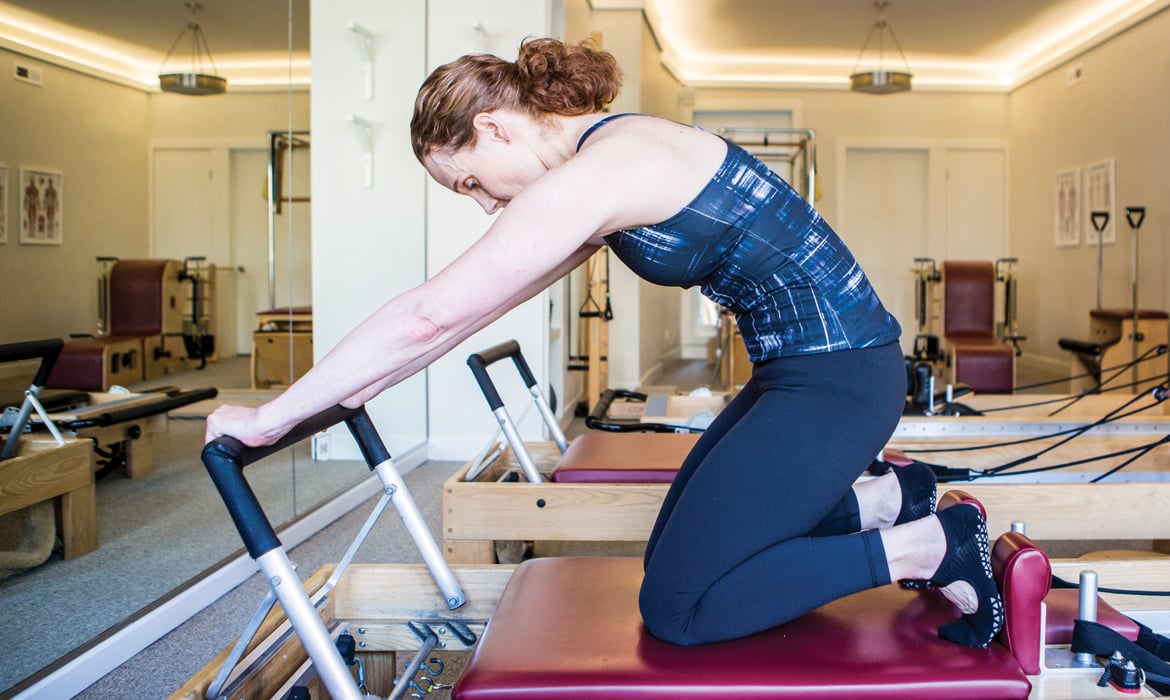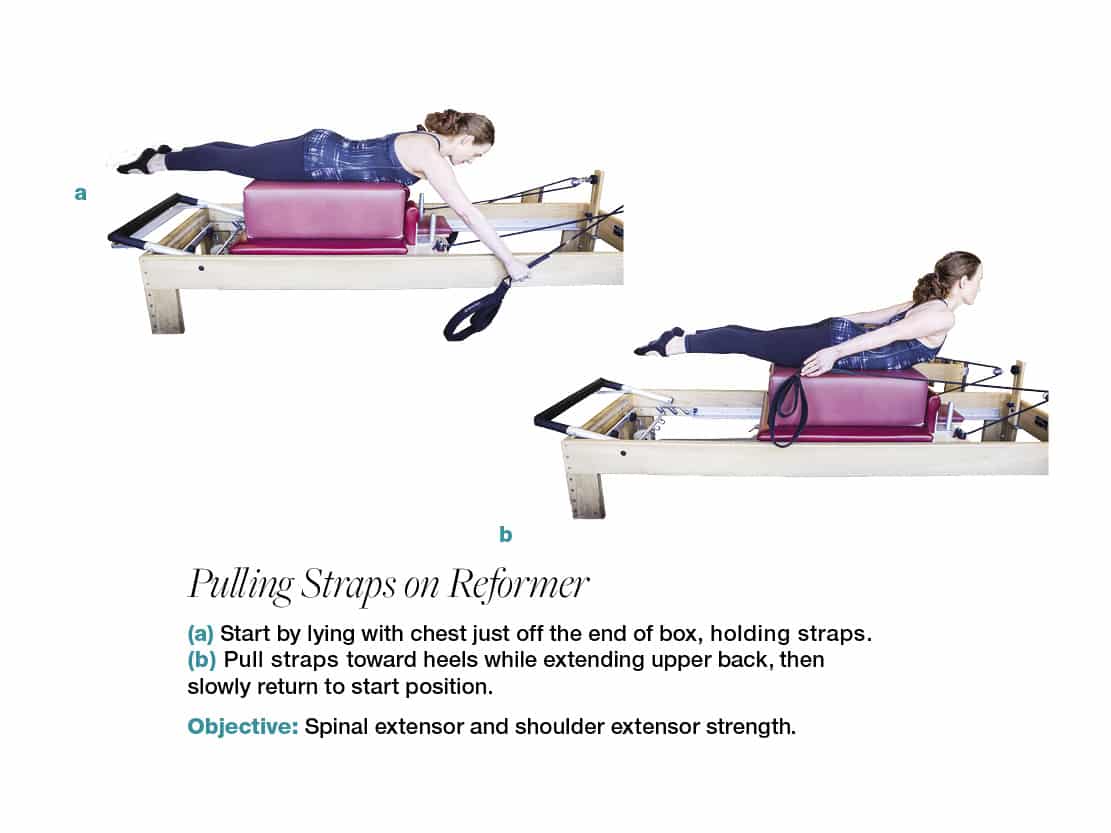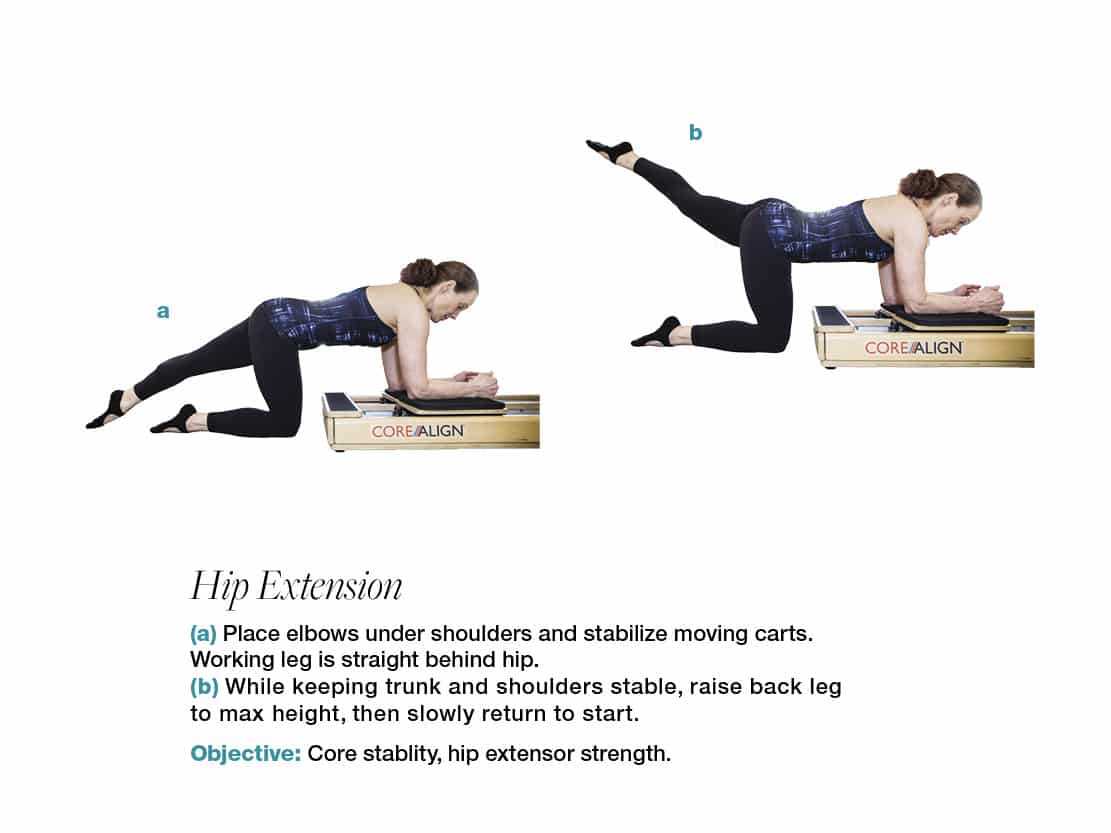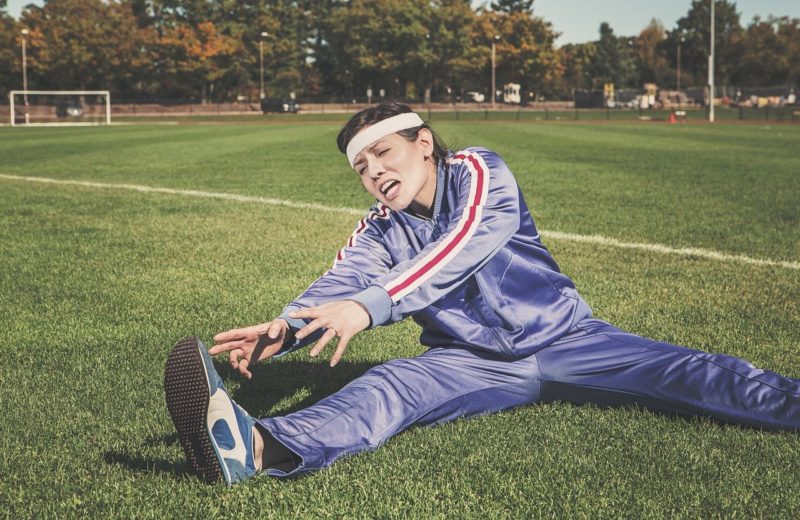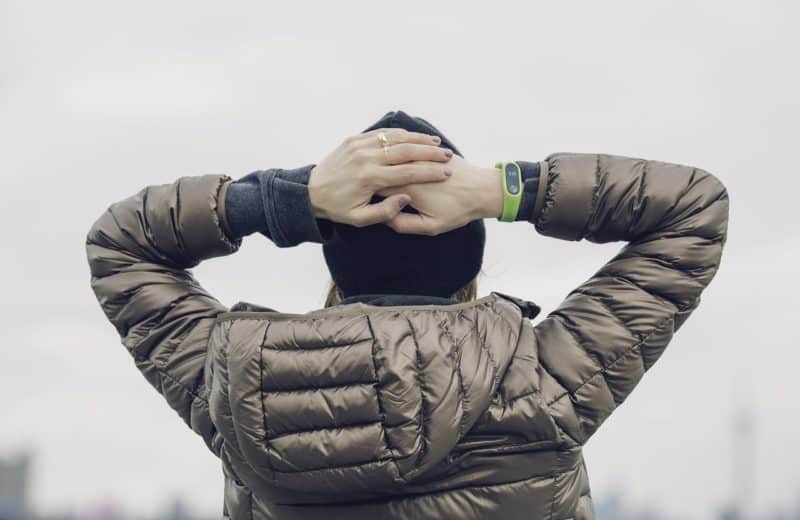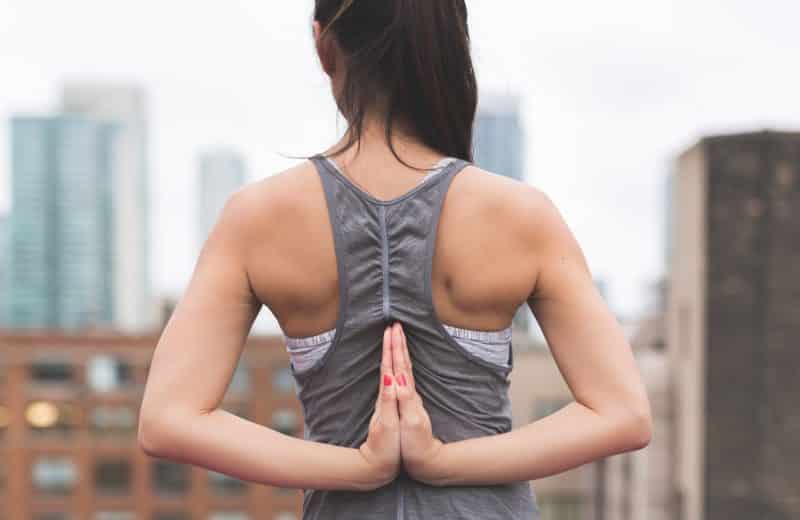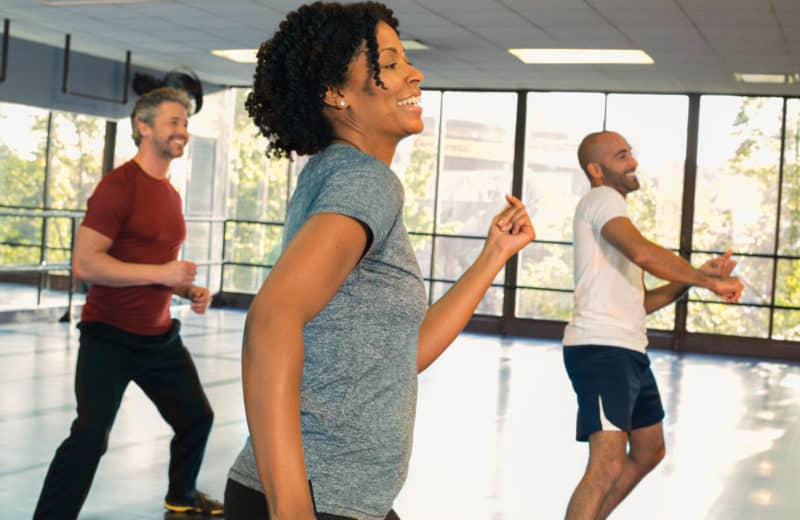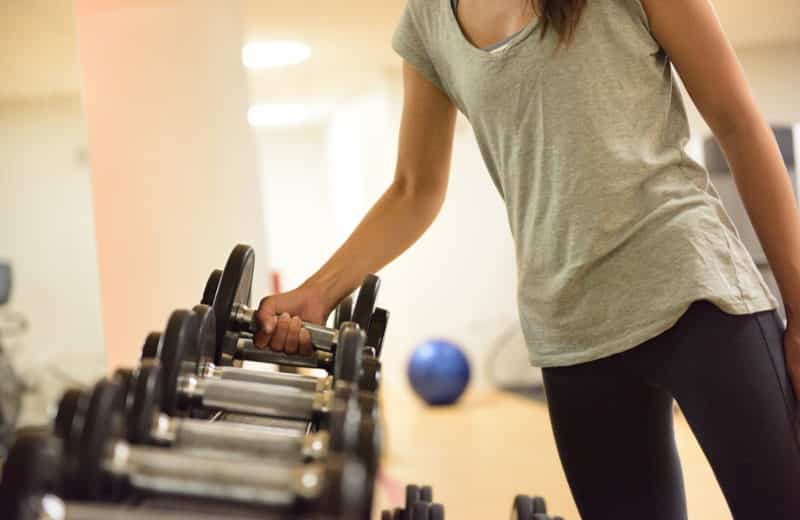Movement exercises combat back pain
We live in a sitting culture, says Ivan Huergo, DPT, founder and clinical director of Physical Sciences Institute (PSI), a physical therapy clinic in Chicago and Westmont. And because of that, “Everybody eventually complains of back pain.”
More than half of our waking hours are spent sitting, whether it’s working at a computer, watching television or commuting. And all this sitting has consequences for our bodies.
“If you sit in a slouched or relaxed position your core muscles slowly lose function,” Huergo says. Core muscles wrap around your lower abdomen like a corset, attaching to either side of the spine. They span from the diaphragm at the top to the pelvic floor at the bottom. “Once core muscles are compromised, they lose their ability to hold joints and nerves in place. Over time the body will [try] to find short-term solutions to artificially stabilize, eventually causing the back to painfully ‘go out.’”
Addressing pain
Situational back pain, such as pain induced by menstrual cramps or after heavy lifting, tends to resolve itself and may not point to bigger issues, explains Cindy Reid, PMA-CPT, director of Flow Studios in Chicago, which offers a variety of Pilates classes.
“However, nagging, non-specific pain should be addressed as soon as possible since it likely indicates repetitive postural or mechanical issues or, in some cases, an underlying structural issue,” she says. “The sooner one addresses the root, the better chance of a positive long-term outcome. If one adapts to a state of chronic tension or pain, it is much harder to unlearn.”
Huergo recommends clients seek help if they experience back pain upon waking more than three times in a week or if they consistently complain of back pain or stiffness when they’re doing general daily activities like walking, driving or exercising.
Reforming movement
Early intervention by a skilled manual physical therapist to identify the source of back pain is key. Reid recommends people look at reducing stress in their lifestyle and seek the help of a professional movement or posture specialist, whether it’s a physical therapist or Pilates instructor. “If pain is not reduced within weeks, it may be time to seek diagnostic evaluation from a medical doctor,” she adds.
Pilates focuses on holistic, resistance-based exercise and movements that target the many joints of the body and can help relieve pain. But it’s important to find the right type of Pilates, Reid says.
“Fitness-based group [Pilates] reformer classes are going for a well-rounded strength-based workout with Pilates’ traditional emphasis on training trunk mobility and stability,” Reid says. But group classes may not be ideal for specific conditions. “Teachers may be familiar with Pilates choreography but are not necessarily trained in posture or spinal conditions.”
Some Pilates teachers with significant training in movement and anatomy teach corrective one-on-one work, she says. These programs are tailored to individual needs and goals and can range from therapeutic assisted stretching to high-level or specific instability challenges.
“Pain is not something to fear, dread or even mask,” Reid says. “It is your body’s way of protecting you from a weakness, poor movement patterns or unhealthy lifestyle choices. Working with a professional who can help you understand and correct your habits and weaknesses, or teach you better strategies for structural challenges, is key to eliminating pain and allowing your body to heal itself.”

